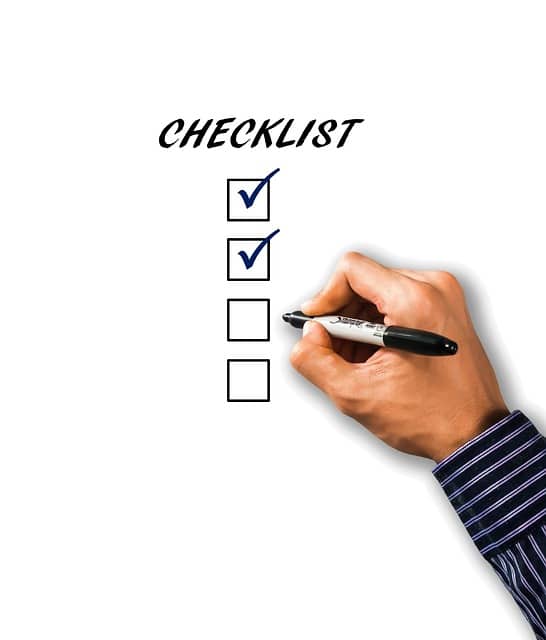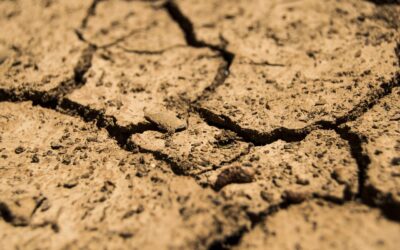If you feel you are running short of time, consider this – time is a resource we seem to have plenty of when times are slow, and then becomes invaluable as work demands increase. Being proactive checking equipment and processes before planting is essential. Taking the time to implement pre-season checklists will pay off in the end by helping reduce the chance of breakdowns and downtime during one of the very busiest parts of the year. As an added bonus, using checklists as a part of your safety management system shows your farm does its due diligence.
There are plenty of checklist templates available or they can be created from scratch. Checklists can be found on the Canadian Agricultural Safety Association (CASA) website.
When working with a checklist, begin by asking yourself questions about various equipment and processes. This will give you the tools to identify problems and gives you the opportunity to develop corrective actions to address any issues. You don’t have to rush and try to fix everything all at once. Instead, prioritize items based on the chance of occurrence and potential severity if a breakdown occurred.
An operational checklist should also include placing orders for essential supplies, such as seed, crop protection products, or feed. Since these items often take time to arrive, ordering them in advance means they are readily available when needed. Another thing to consider on your checklist is purchasing any necessary insurances – home/property, crop, liability, etc.- to protect your operation should an unfortunate and unforeseen event occur. Don’t forget to inspect your fields and pastures for standing water and drainage once the last of the snow has finally melted.
This is also a good time to make sure all of your workers are up-to-date with training, as well as reminding them about your Emergency Response Plan. If you don’t already have an Emergency Response Plan, now is the time to develop one.
When it comes to tools and equipment, consider stocking up on parts that often need replacing, including items like lights and reflective markings. Remember that some items should be maintained based on the hours of use. There is nothing wrong with performing this maintenance ahead of schedule to avoid breakdowns and unexpected repairs when the workload increases. While doing maintenance, don’t overlook safety equipment. Every checklist should include safety equipment inspections to ensure these items are accessible and working properly if they are needed. The list includes fire extinguishers, first aid kits, and eyewash stations, as well as personal protective equipment.
On top of checking your equipment and processes, a facility inspection should also be implemented as part of your safety management system. While this type of assessment needs to be done at regular intervals throughout the year, it is worthwhile to begin the process before the start of the season.
Time is our most valuable resource. That is why taking care to prepare early is essential to having a productive and successful season. Incorporating pre-season checklists will help prevent downtime and help ensure your operation runs smoothly throughout the busy months ahead.
Robert Gobeil is the Canadian Agricultural Safety Association’s Ag Health and Safety Specialist.
Source: Government of Alberta





